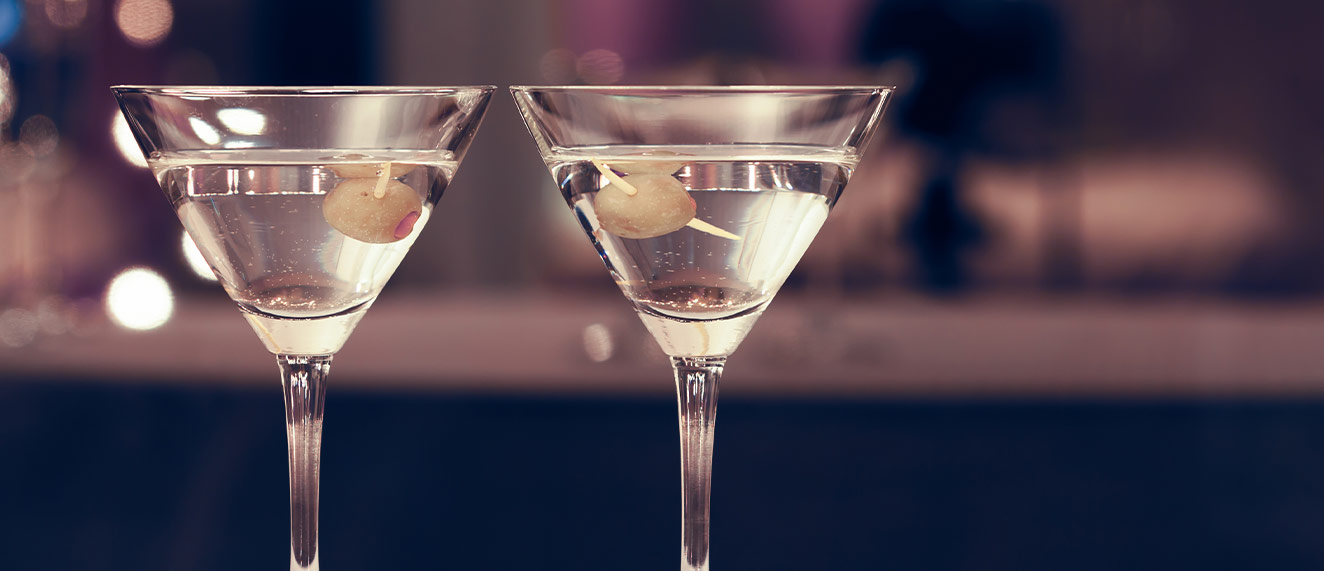The Martini is one of the hardest drinks for a bartender to make. Think about that. It’s a simple drink with two or three ingredients. Should be easy. But it isn’t, at all.
To understand why simple can get so complicated a little history is in order. Even that history is murky, but there are some common threads that point to a consensus.
The Martini is generally thought to be an evolution of the Martinez—which is a cocktail of gin and sweet vermouth. Some believe the Martinez itself evolved from the Manhattan, with gin being substituted for whiskey (bourbon/rye). By the way, Martinez is a city north east of San Francisco, where the cocktail was invented.
The original Martini substituted dry vermouth for sweet, and used a different gin, what we know today as London Dry (Gordon’s Bombay, Tanqueray, Beefeater). And guess what, the original Martini was a one-to-one mixture, equal parts gin and vermouth, with some orange bitters. I will wager no one you know has ever had the original drink.
Don’t get me started on vodka. Vodka does not make a Martini. Heck, even the guy who bought the Smirnoff brand from the guy who originally bought it from a Russian knew that. He marketed it as the Vodkatini. He did so with product placement in movies…ring a bell? Gold star for those who guessed James Bond.
All this complication makes a bartender’s job quite challenging. When someone says, “I want a Martini,” you have to ask a bunch more questions, vodka or gin? What kind of vodka or gin? Dry or extra dry? Olives? Dirty? Onion? Twist? The possibilities are mindboggling. But when someone sidles up to the bar and asks for a Negroni or an Old Fashioned, your mixologist is off to the races.
My suggestion—try the original recipe. It’s better than you think. My current preference below.
- 2 oz. gin
- 1 oz. vermouth
- 3 dashes orange bitters
Put it all in a cocktail shaker with ice and stir (you stir straight booze and bitters—only shake with juice, eggs whites, dairy based etc.). Serve in a chilled coupe or glass.
Pro tip—only buy small bottles of vermouth and keep them in the fridge. Vermouth is wine based so it will go bad. Indeed, its why some people think the proportion of vermouth in a Martini has gone down over the years, no one stored it properly, so it tasted awful after a while.
Oh, and don’t forget that James Bond can be bought. Proper Martinis are stirred, not shaken. And they use gin not vodka.
Randall had the misfortune of being a bartender in the late 1980s, widely considered Hell in the annals of cocktail history—remember the fuzzy navel, the tequila sunrise and various coconut and blue curacao drinks? Resistance might have been futile against the Borg, but there was no way he was giving in, he kept drinking his Manhattans, Rob Roys and Old Fashioneds, despite almost never serving one at the bar.





Love these!!